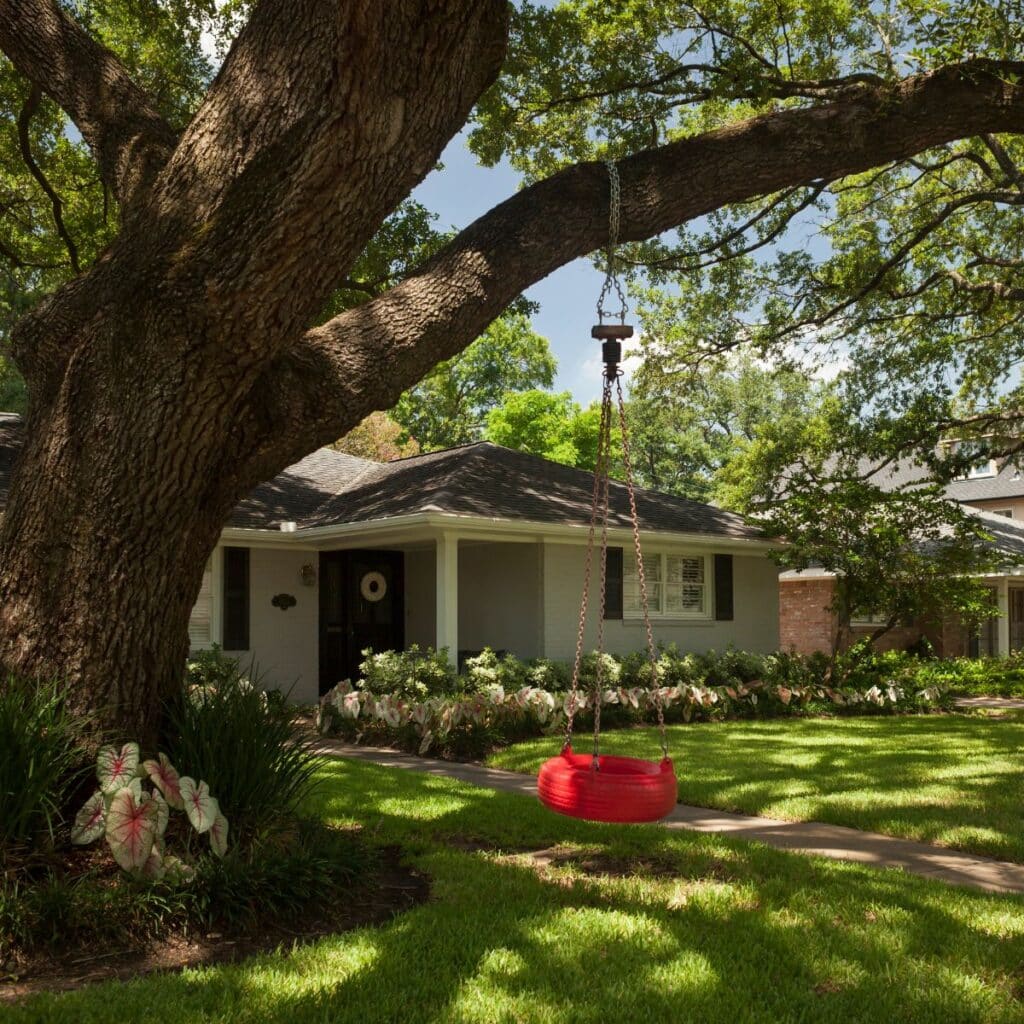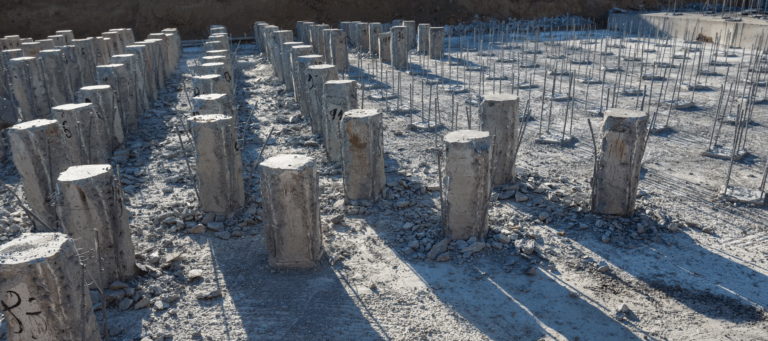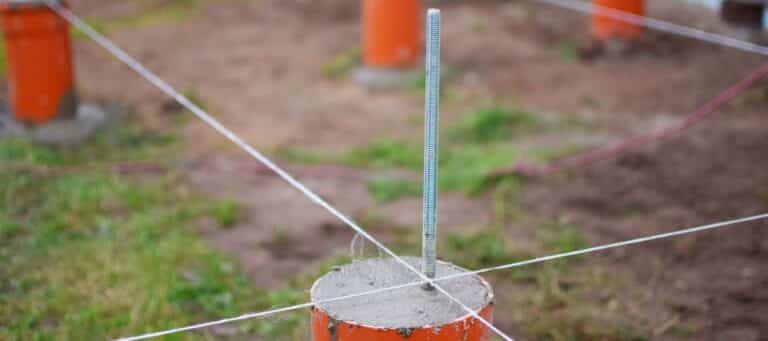Spread Footing 101: Your Guide To Spread Footing Foundations In Texas
If you’ve ever heard the term “spread footing” and wondered what it means, you’re not alone. A spread footing is a type of structural base used to support buildings by spreading their weight over a wider area of soil.
Spread footings are often made of concrete and reinforced with steel, and they sit beneath the foundation walls or columns of a building, distributing the load evenly so the structure doesn’t sink or shift over time. In other words, they act like snowshoes for your home — helping to prevent the foundation from putting too much pressure on a small area of soil.
To learn more about this foundation type, and what to do when problems form, turn to our experts at G.L. Hunt.
Why Builders Use Spread Footings In Texas
Spread footings are a popular choice in many regions, but they’re especially common in Texas due to our expansive clay soils. These soils swell when wet and shrink during dry periods, placing significant stress on foundations. Spread footings are designed to handle that movement by offering a wide base that balances out pressure and weight.
They’re cost-effective, easy to install and work well in areas with moderate to strong soil bearing capacity — making them a go-to option for residential foundations across Texas, especially in areas like Dallas, Fort Worth and San Antonio.

How Spread Footings Work In Foundation Support
So, how does a spread footing foundation really do its job? It’s all about load distribution.
When your home’s weight pushes down, the footing “spreads” that load across a larger soil area beneath it. This reduces the chances of settlement and keeps the foundation stable. In areas with variable soil moisture, like much of Texas, this wider support system can make the difference between a structurally sound home and one with uneven floors or cracks in the walls.
A well-built spread footing foundation ensures long-term support and minimizes structural movement, but only if it’s designed and installed correctly.
Common Issues With Spread Footing Foundations
Like any part of your home, spread footings can fail over time — especially if the soil beneath them shifts or erodes. Here are some warning signs that your footing may be compromised:
- Cracks in interior or exterior walls
- Uneven or sloped flooring
- Doors and windows that stick
- Gaps between walls and ceilings
- Visible cracks in the foundation
Common causes include poor soil preparation, improper drainage or age-related wear and tear. And once a spread footing foundation starts to sink, the problem typically gets worse — fast.
How To Fix Sinking Footings
You may wonder how to fix sinking footings once issues begin to appear. The answer lies in professional foundation repair.
Depending on the severity, G.L. Hunt may recommend:
- Underpinning — Strengthening the existing footings by adding steel piers or concrete supports beneath them
- Soil stabilization — Improving the soil’s load-bearing capacity
- Drainage improvements — Redirecting water away from the foundation to reduce erosion and shifting
If left unchecked, sinking footings can lead to serious structural damage. That’s why acting early — and calling in an expert — is key.
Trust G.L. Hunt For Spread Footing Foundation Solutions
At G.L. Hunt, we’ve worked with spread footing foundations across Texas for decades. We understand the challenges that come with Texas clay, shifting soil and seasonal changes — and we know how to fix them. Whether you’re dealing with early signs of foundation trouble or need a complete footing repair, we’re here to help.
Don’t wait for the damage to get worse. Let G.L. Hunt give your home the solid foundation it deserves.









